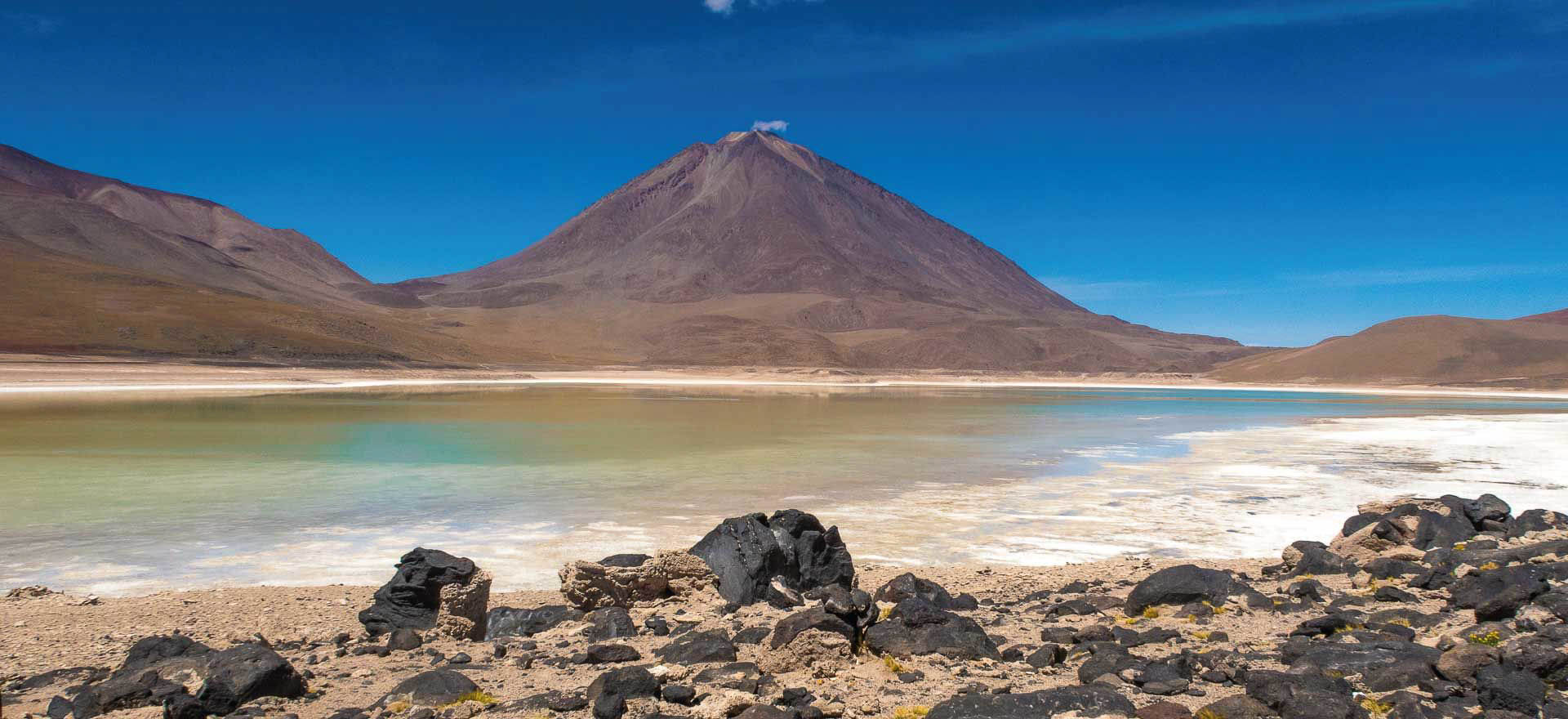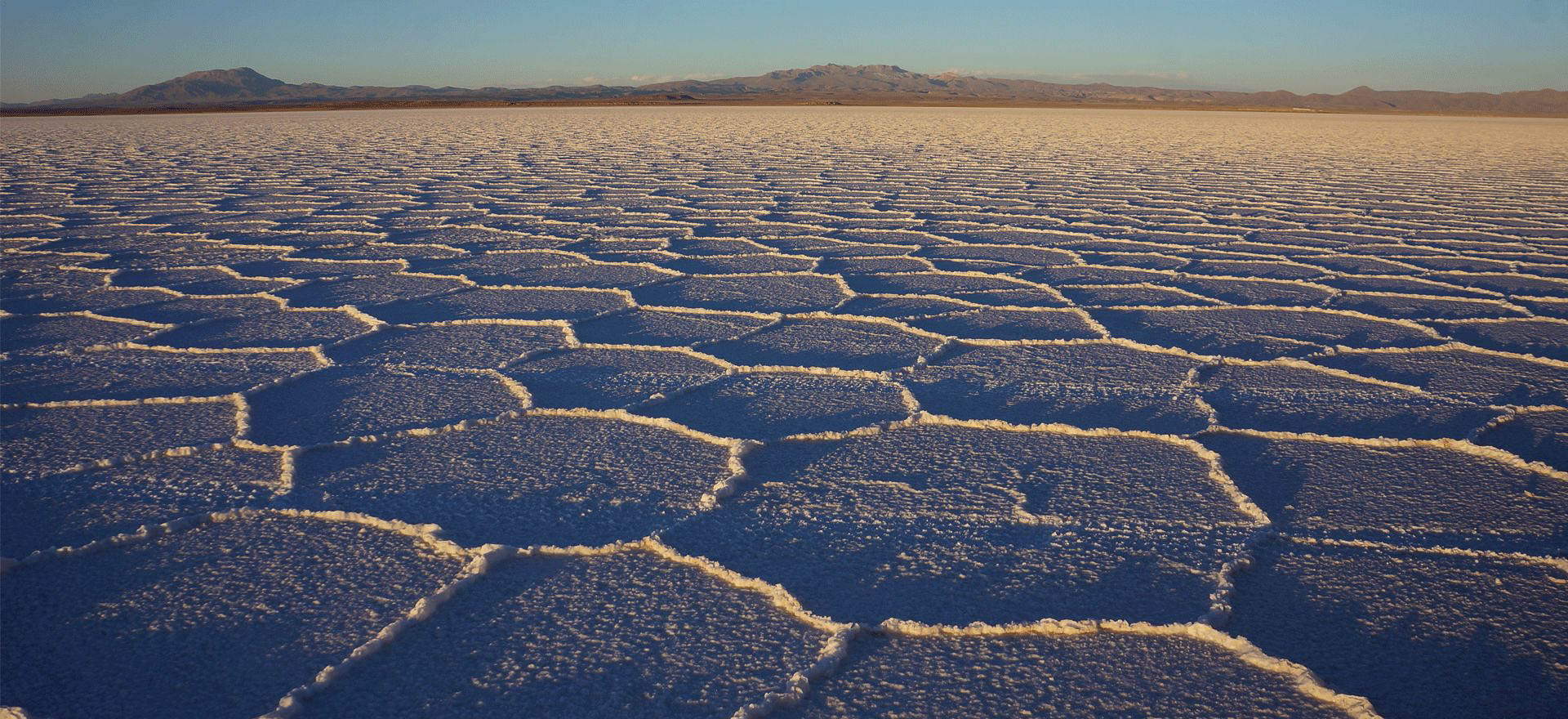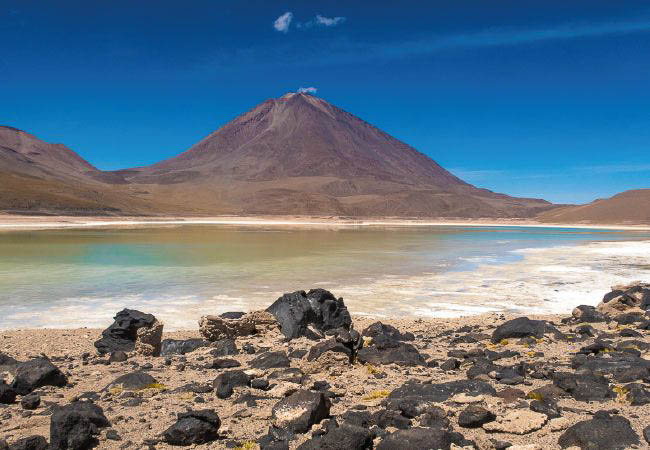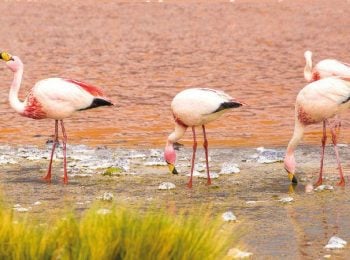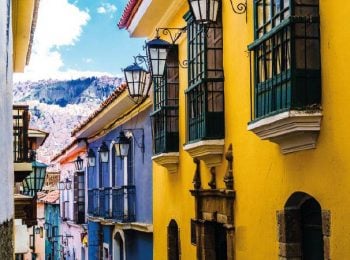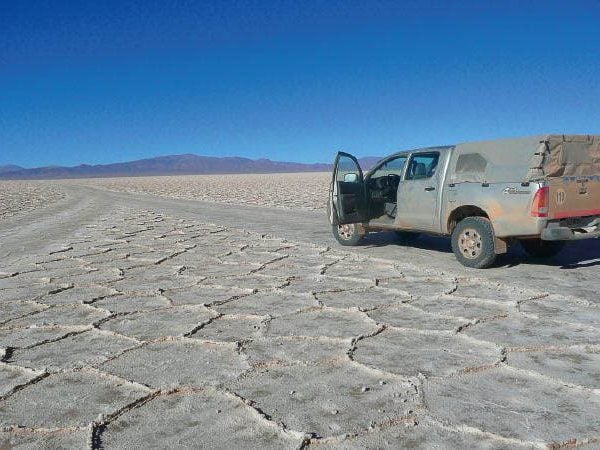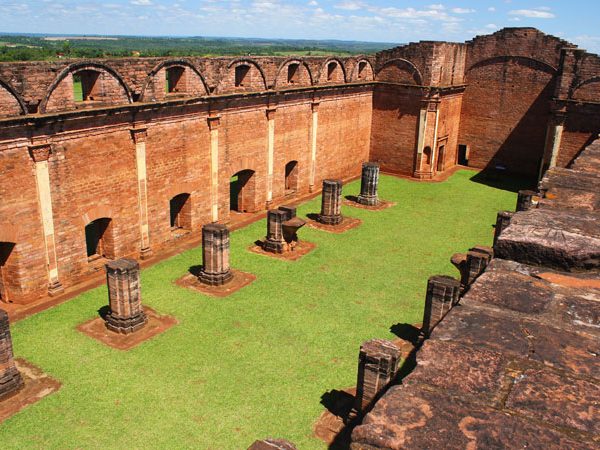Visas
British nationals don’t need a visa to visit Bolivia or Chile. Your passport must contain an entry stamp, otherwise you’ll have to pay a fine to leave the country. If you enter Bolivia overland, make sure your passport is stamped at both sides of the border with an exit stamp from the country you are leaving and an entry stamp on the Bolivian side. Your passport should be valid for a minimum period of six months from date of entry. Some other nationalities including citizens of the USA, do require a visa – US citizens can obtain this on arrival, for approx. US$100, although the immigration queues can be very long. We recommend getting this in advance, if you can.
Visa regulations can change however and so we recommend that you contact your nearest embassy for the most up to date information.
Health and vaccinations
We are not medically qualified and so we recommend that you speak to your doctor or nearest health professional for advice concerning recommended vaccinations. For more advice on vaccinations, you can also visit www.fitfortravel.nhs.uk.
Please note that a Yellow Fever Vaccination certificate is required for entry to Bolivia and you must bring this with you.
If you have any physical limitations that might impact your ability to participate in the planned tour activities, it’s essential that you make us aware as soon as possible so that we can discuss this with you.
Insurance
It is a condition of joining our tours that you have suitable travel insurance in place, and we cannot accept travellers without insurance. All policies differ in terms of what they will cover, but as a minimum you need medical and health cover, which will cover you for the whole time that you are away. Most policies will also include cancellation cover, which will cover you if an unforeseen circumstance obliges you to cancel your trip. We recommend that you obtain your insurance as soon as you book your trip.
Please note that government travel warnings often affect the validity of your travel insurance, and you should check this with your insurance company.
Money
The Bolivian currency is the peso boliviano (BS) and is more commonly referred to as the ‘boliviano’, and in chile the currency is also known as the peso – but is a different currency to that in Chile. The best way to carry money is to have both cash and your card, so you always have a back-up. ATM’s are widespread and you can withdraw both local currency and US dollars from the ATM’s that are attached to bank branches.
Credit and debit cards are mainly only used in expensive shops and restaurants and in some hotels and tour agencies. American Express cards are rarely used. It’s a good idea to carry plenty of cash into rural areas just in case, although most towns have ATMs and US dollars can be changed into local currency at money changers and banks almost everywhere in the country. Break large denomination notes at every opportunity – in hotels and big shops – as small change is in short supply here and people may be reluctant to accept larger notes. Be wary of forged notes and avoid changing money with street money changers.
Local conditions
When travelling to some of the destinations we offer you need to bear in mind that things won’t always work here as we’re used to them working at home. Travelling in underdeveloped and untouristed destinations requires both patience and a sense of humour. There may be problems with infrastructure, attitudes may be different, and maintenance may not be as high a standard as we would always like, but this is very much part and parcel of travelling in such a place. We aim to resolve any issues as quickly as possible, and thank you for your patience.
Travel advice
We keep a very close eye on the travel advice issued by the UK Foreign and Commonwealth Office so that we can keep you up to date with any warnings. At the time of writing the FCO does not advise against travel to Bolivia or Chile.
We work very closely with our local team and are fully confident that we can operate tours safely in Bolivia. Should you have any concerns over safety please do not hesitate to contact us and we can address your concerns.
This relates to advice from the British government – other nationalities need to check the stance of their own governments.
Please note that the information contained above is highly susceptible to change, and while we endeavour to keep up to date we recommend that you use this as a guide only. Should you have any questions, please don’t hesitate to contact us.

